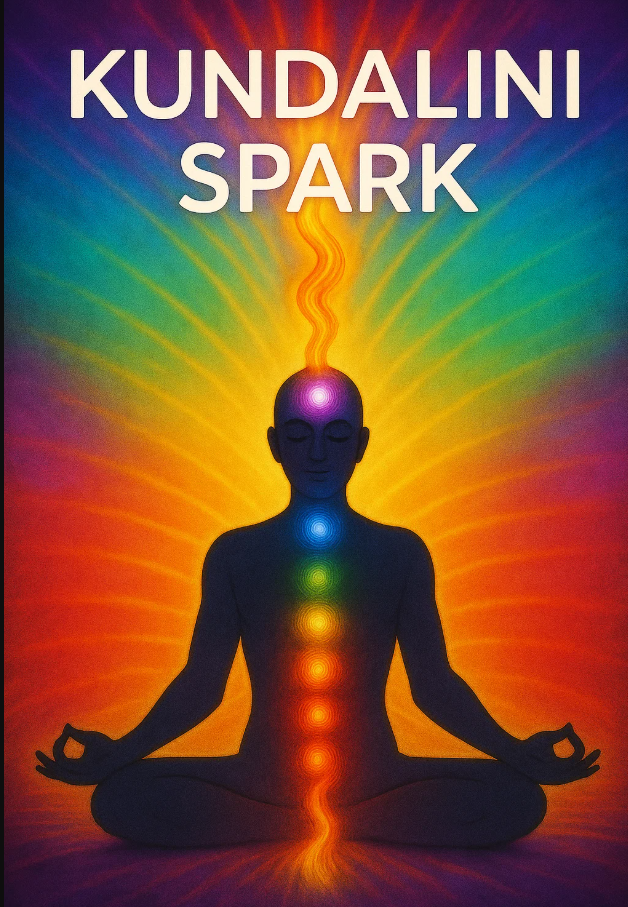Understanding the Importance of Safe Practice in Kundalini Yoga
Working with Kundalini energy isn’t like your typical yoga class – it’s powerful stuff that needs careful handling. Without proper guidance, you might experience energy imbalances that can feel overwhelming. That’s why preparing for Kundalini yoga matters so much.
Think of it like learning to swim – you wouldn’t jump into the deep end without lessons first, right? The same goes for Kundalini. Start slow, build gradually, and let your body adjust to the practices. Your nervous system will thank you as it learns to handle these potent techniques at a comfortable pace.

Essential Preparation Techniques Before Practicing Kundalini Yoga
Before you roll out your mat, take time to set up your practice space. Pick a quiet corner where you won’t be interrupted – somewhere clean and peaceful that lets you focus on your practice.
Many students find early morning sessions work best when the mind is still quiet from sleep. Your practice will flow better if you stick to a regular schedule, just like any other healthy habit.
Most importantly, check in with yourself mentally and emotionally. Are you coming to the practice with respect and openness? Remember, rushing into Kundalini yoga isn’t helpful – take time to build a foundation of easy pranayama breathing first.
Fundamental Breathing Techniques (Pranayama) for Beginners
The “Breath of Fire” is a quick, rhythmic breathing pattern that wakes up your system – but start slowly. Think of it like building up your running stamina; you wouldn’t sprint right away. Begin with 30 seconds and work up from there.
Four-part breathing brings awareness to different sections of your lungs. You’ll fill them up one by one, like pouring water into a glass. This method helps balance your body’s energy channels and increases your oxygen intake.
Remember to keep your spine straight during these practices. Good posture lets energy flow freely through your central channel, just like a garden hose without kinks. Sat Kriya power practice can help you maintain proper alignment.
Basic Kundalini Kriyas for Safe Activation
Kriyas are like recipes – specific combinations of movements, breath patterns, and meditation that work together. Each sequence helps clean and prepare your body for working with Kundalini energy.
Starting out? Try simple spinal flexes – gentle movements that wake up your energy centers. Basic navel point exercises build your core strength, while seated kriyas let you focus on breath control.
Keep your first sessions short – 10 to 15 minutes is plenty. What matters most is showing up regularly rather than pushing for longer practices. Your body needs time to adjust to these powerful techniques.
The Role of Mantras and Chanting in Safe Kundalini Practice
Starting your practice with “Ong Namo Guru Dev Namo” (the Adi mantra) sets up a protective bubble around you. It’s like tapping into a phone line that connects you to every teacher who’s shared these teachings before.
When you chant, you’re creating sound waves that help sort out and direct your energy. Think of it as giving your mind something solid to hold onto while you work with these mighty practices. The steady rhythm keeps you grounded, just like a heartbeat.
Want to get the most from your chanting? Start by saying the sounds correctly, engaging your belly as you voice each word. Begin with simple, short mantras before taking on longer ones. It’s just like learning a new language – start with the basics and build from there.
Safety Considerations for Different Demographics
Younger folks often take to Kundalini yoga with natural ease, but they need shorter sessions with playful elements mixed in. For older practitioners, gentle modifications help – like using chairs for support during breathwork or seated poses.
Women might want to adjust their practice during monthly cycles or pregnancy, focusing on softer breathing patterns. Men sometimes need reminders to balance strength with softness in their practice.
If you’re managing heart issues, take it easy with breathing exercises – slow and steady wins the race. Back problems? Keep your spine supported and skip the intense twists. Mental health matters too – start with calming practices and breathing, and build up slowly as you feel comfortable.
Warning Signs to Watch for During Practice
Your body sends clear signals when something’s not quite right during Kundalini practice. Watch out for too much heat or tingling that feels uncomfortable, or if you get dizzy or queasy during your practice.
Pay attention to your emotional state too. If you’re feeling extra moody, disconnected from your body, or dealing with unusual fear about your practice, it’s time to pause and check in.
Listen to these signals. If any symptoms stick around after class, or if you notice your physical discomfort getting worse instead of better, take a step back. Sometimes, slowing down is the best way to move forward safely.

Finding Qualified Instruction and Community Support
Working with a skilled teacher keeps you safe as you explore Kundalini yoga. Think of it like learning to ski – you wouldn’t tackle the black diamond slopes without lessons first, right? A good teacher watches your form, suggests adjustments, and helps you avoid common mistakes.
Look for teachers who’ve spent years working with their own practice. They should know how to modify poses for different bodies and focus on safety first. Skip anyone promising quick spiritual experiences – real growth takes time.
Practicing in a group adds another layer of support. You’ll feel the collective energy lift you up, and you’ll meet others who understand what you’re going through. Plus, you can share experiences and learn from each other’s journeys.
